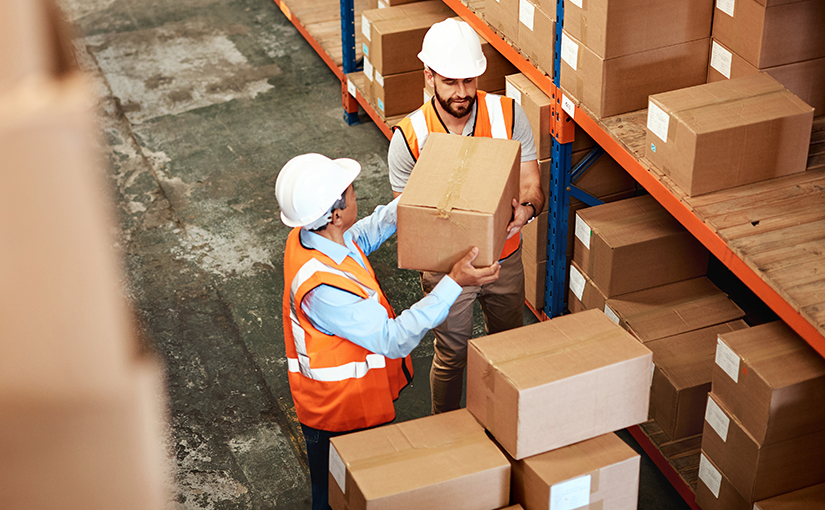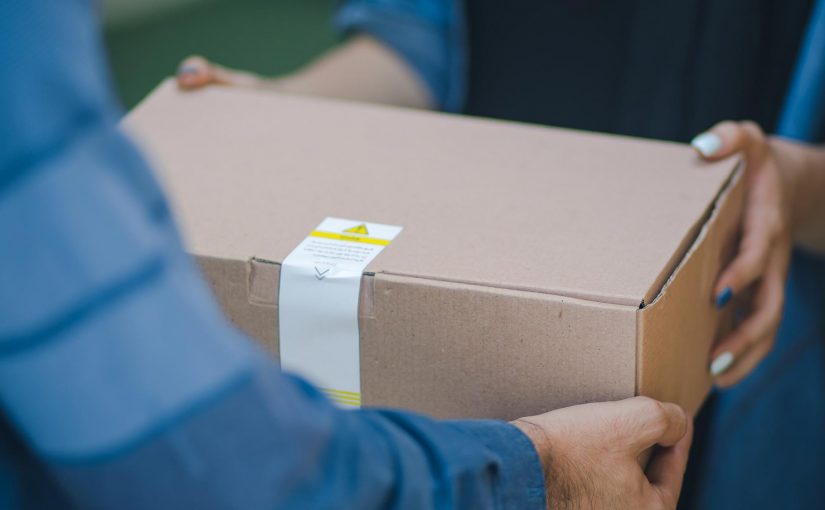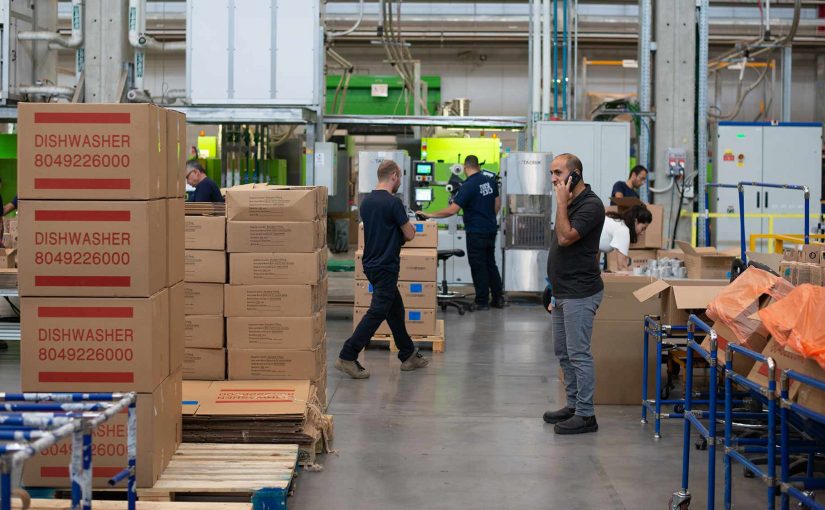When you store goods, pick orders, pack orders, and ship your products to your buyers, you are taking part in the act of order fulfillment. If you are an e-commerce business, then order fulfillment is an important, central function that you must focus on. You could handle fulfillment business on your own, but outsourcing to a fulfillment partner will prove to be an efficient, cost-effective operation that will be perfect for growing your business.
Let’s begin by talking about the order fulfillment process, and discuss some options you can take part in.
What is Order Fulfillment?
The term order fulfillment refers to all of the activities that are involved in shipping products to customers. Talking in the form of a workflow, order fulfillment begins with receiving the shipments, sorting stock, then locating inventory for efficient picking. Afterwards, as orders arrive, products are picked, checked for accuracy, packed correctly, and finally labeled for shipping.
Different Ways to Handle Order Fulfillment
Order fulfillment is truly a simple logistical process, but it can also prove to be a time-consuming and labor intensive one. Many of the new and growing e-commerce businesses find that order fulfillment can keep them so busy that it proves hard to perform other necessary tasks such as marketing, product scouting, and website maintenance.
You can go about your order fulfillment in a variety of ways, but here are the four most prominent ways of doing so as an e-commerce business.
- In-House Order Fulfillment
You can manage a warehousing and shipping operation in your own facility using your own staff. Many merchants found success fulfilling orders themselves. However, many have also realized they are spending too much time handling order fulfillment to the point where they can’t leave their house without a label printer.
- Outsource Your Fulfillment Needs
Your business can use order fulfillment centers like Fulco Fulfillment Inc., a larger-scale Third Party Logistics (3PL) company. We store, stock, pack and ship orders for you. The fastest way to speed up order fulfillment is to outsource it to professionals.
- Drop Shipping
Use drop ship suppliers who will ship orders directly to your customers when ordered, and bill you only for the products that you sell.
- Hybrid Order Fulfillment Solution
Using a hybrid solution that combines a few — or possibly all — of the above order fulfillment options is a popular solution for a growing business.
The Elements of an Order Fulfillment Operation
When you are selling your products online, you need to have a solid understanding of the order fulfillment process. Knowing how it all works is an essential part of keeping your costs low, whether shipping daily from your own warehouse, or handing it over to a fulfillment partner like Fulco Fulfillment Inc.
Order fulfillment and shipping operations need some important elements to work properly.
A location to receive, organize, and store products that ship
An order fulfillment operation will need organized product storage to make the process work. Make sure to organize your space with shelves, bins, bags, stacked boxes, or whatever is best to keep your products organized and handy for a fast picking process. This area is also known as the “quick pack area” or “flow shelves.”
A place to prepare and pack your orders for the shipping process
Often known as a packing station, this area can be anything from a series of tables/workstations in a warehouse environment to a stockroom counter. Overall, it is a place where packing materials (boxes, mailers, tape, fill and wrap, etc.) are kept and easily accessed.
No matter what the setup is, your picked items are checked for accuracy against a packing slip with the customer’s order details, or with a barcode scanning machine. After these items are checked, they are packed for shipment.
Shipping boxes or mailers
The packaging needs to be reviewed to determine the most efficient box or mailer when handling order fulfillment. FFI will help you choose a carton that will keep your product safe and the rate will be the lowest freight price.
Packing materials
Things such as packing peanuts, foam sheets, air pillows, bubble wrap, kraft paper, and plain newsprint are amongst the most common materials that are used to protect products as well as fill the voids in shipping boxes. After the type of packing material is decided, you will need a way to seal boxes and mailers. A good amount of envelopes and mailers are self-sealing. However, for boxes, you will need to use a strong packing tape and a good dispenser.
Invoices and/or packing slips
Having a printed invoice or packing slip that shows all the items that have been ordered is useful as a checklist for pulling out orders and checking for accuracy. A major difference between these two things is that invoices include prices, while packing slips do not. Whichever you use, you can print them from your e-commerce platform’s order manager or from a back-end order management software system.
A way to create and print shipping labels
The last order fulfillment step is printing shipping labels for packed boxes. For this you can use carrier websites, carrier-specific shipping software, or perhaps something like shipping rate comparison software that will let you find the best price for each shipment. Most of these sites and software support all types of printers: laser, inkjet, or thermal label printers.
An Order Fulfillment E-Commerce Partner is Crucial
Handling order fulfillment and its process is just as important as the sale itself. Retailers don’t want to hurt their reputation and sales if their products arrive late or packages go missing. To learn more about order fulfillment, fill out our contact form or give us a call at 973-361-1700. We will be more than happy to help you find the perfect order fulfillment solution that serves your business.



